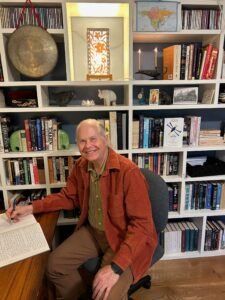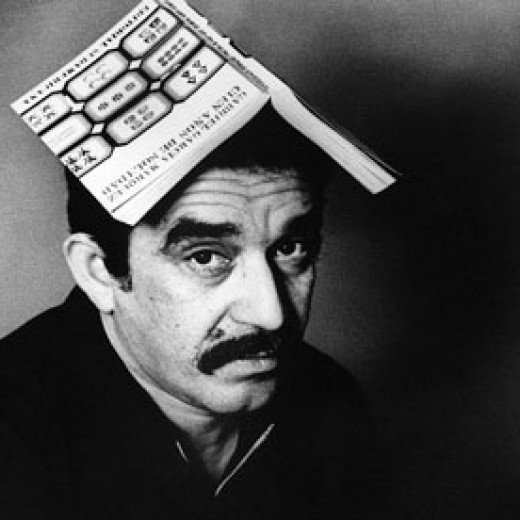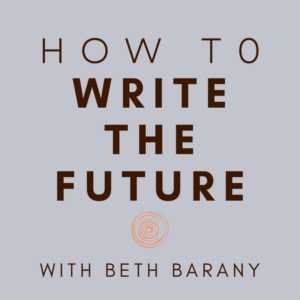A Navigation Chart For Daily Practice by Stephen Weinstock
 Today we welcome a new guest writer to Writer’s Fun Zone, Stephen Weinstock who is stopping by to chat with us about “A Navigation Chart For Daily Practice.” Enjoy!
Today we welcome a new guest writer to Writer’s Fun Zone, Stephen Weinstock who is stopping by to chat with us about “A Navigation Chart For Daily Practice.” Enjoy!
***
Some of us face down deadlines.
Some of us yearn for regular writing output.
And some of us just fear staring at a blank page.
In any case, we’d all appreciate a writing process that paves a smooth path to productivity.
Even just to spit out that messy first draft. I’ve used such a method for fiction writing for years.
I don’t swear by the specifics of my method for everybody, but once I present it, my point is for you to create a similar one for your needs.
1001 Nights
 For years I have been writing a fantasy series called 1001, The Reincarnation Chronicles.
For years I have been writing a fantasy series called 1001, The Reincarnation Chronicles.
The premise is that a group of ten characters meet in the present day, have the ability to remember their past lives, and discover they have been interacting lifetime after lifetime.
In a moment of insanity, I chose to model the structure after the 1001 Nights, and have the series continue for 1001 chapters, each containing a past life story, a la Scheherazade.
My strength is my imagination, and I can transform and integrate any morsel from my life or research into one of these past life stories.
But I still faced writing each one of these tales, as well as a chapter’s material from the characters’ present day lives.
I needed some method to move the work along happily.
The Methods I Use
I use a chart that covers everything I need for each chapter. Some of the items on the chart are things you find on many fiction checklists:
- external character traits like gesture and physique,
- inner traits like temperament and beliefs,
- the pertinent back story for the character in the story.
- a major item on the chart is simply the slice of that novel’s chapter outline.
Yes, the chart doesn’t replace big picture outlining for the book. I love making a detailed outline, so there’s a lot of information for that item.
- same with research; that comes first or as needed later.
Most of the other items on the chart are hidden structures that appear in each chapter throughout the series.
I inherited this crazy notion from my days as a modern composer; a lot of us music geeks love hidden structures.
Listen to a scene from Alban Berg’s Wozzeck and one scholar will say the musical form is based on a minuet, but your ears hear nothing resembling a minuet.
It’s a hidden structure that Berg used to generate material and represent some idea in the narrative.
Joyce used similar formal ideas in each chapter of Ulysses: the hour of the day, the episode from The Odyssey, the literary style.
He used a chart for this puzzle; I’ve seen it — it’s seven by four feet!
I was inspired by Berg and Joyce, but use different categories for my hidden structures.
Use your own thing, something totally different from hidden structures, but choose something that inspires ideas readily.
The Development Game
For me, it’s a game, nothing necessary for the casual reader to comprehend, but enormously useful to me in developing material for the chapter.
Here’s some examples.
- Every chapter contains a reference to one of the 1001 Nights.
For example, Sinbad’s compulsion to seek the next adventure, even though they usually end in disaster.
Sometimes these references just generate an image (a tidal wave), sometimes a minor character (a yapping lapdog), and sometimes the narrative concept of the entire chapter (an island turning into an enormous bird and flying off with the hero).
- I took the frame tale of the 1001 Nights, the Scheherazade story, and divided it into 1001 small phrases, each three to ten words long.
In the present day scene of each chapter, one of these phrases has to appear. “Obliged to stay there for three days” appears disguised as “You have to stay here for at least three days.”
- Since the series is about reincarnation, there are pairs of lifetimes where one character creates an action on another character (A murders B), and a future inverted pair of lifetimes where that karma is resolved (B forgives A).
In these linked stories, this karmic event influences the narrative somehow — another hidden structure.
My chart tracks over a dozen of these hidden structures.
Some of them dovetail easily with visible character and action choices. Some of them are as obscure as can be.
Some of them suggest quirky details or unexpected plot twists.
Once I have filled out all the items in the chart, I organize them in order of what goes where in that chapter, tweaking how they will support the action and dialogue.
Somewhere in that process, I have an AHA moment of recognizing the main idea or action for the chapter.
The beauty part: it’s easy to fill out, and after I organize the answers, I have a detailed outline.
Writing it up follows naturally because I’ve done a lot of thinking and created a lot of inspiration.
With this form, I’ve generated 537 chapters so far.
But my true message is to invent your own, self-motivating methodology for generating material.
As a self-taught writer, it was only later that I learned ‘traditionally accepted’ methods, so I created something along the way.
As an independent writer, who needed motivation and discipline with no support system to help me, inventing a system for daily practice was crucial.
As an author of a long form series that tested my stamina, discovering a reliable technique was a godsend.
I don’t expect anyone to use my chart literally (especially those hidden structures).
But I encourage you to experiment with your own chart for daily practice, and discover unique categories that serve your particular work.
Perhaps your chart or checklist changes from book to book, or chapter to article. Here’s the basic wisdom in this method: it breaks things down so you don’t freak out at the mountain you’re climbing, but focus on the steps up the mountain path.
***
About The Author
 Stephen Weinstock’s epic fantasy series, 1001: The Reincarnation Chronicles, won Finalist in the Best Books Award for Multi-Cultural Fiction. Originally a theater and dance composer, he resides in New York’s Hudson Valley, determined to finish the genre-bending series before his next reincarnation as a temple elephant. Free gifts with the Maqaraqan, newsletter of The Reincarnation Chronicles www.qaraqbooks.com/join
Stephen Weinstock’s epic fantasy series, 1001: The Reincarnation Chronicles, won Finalist in the Best Books Award for Multi-Cultural Fiction. Originally a theater and dance composer, he resides in New York’s Hudson Valley, determined to finish the genre-bending series before his next reincarnation as a temple elephant. Free gifts with the Maqaraqan, newsletter of The Reincarnation Chronicles www.qaraqbooks.com/join
Stephen’s books: www.qaraqbooks.com/books
Website: www.qaraqbooks.com
Facebook: https://www.facebook.com/SWeinstock1001
Instagram: https://www.instagram.com/drstephenw_
LinkedIn: https://www.linkedin.com/in/stephen-weinstock-04a70b90






